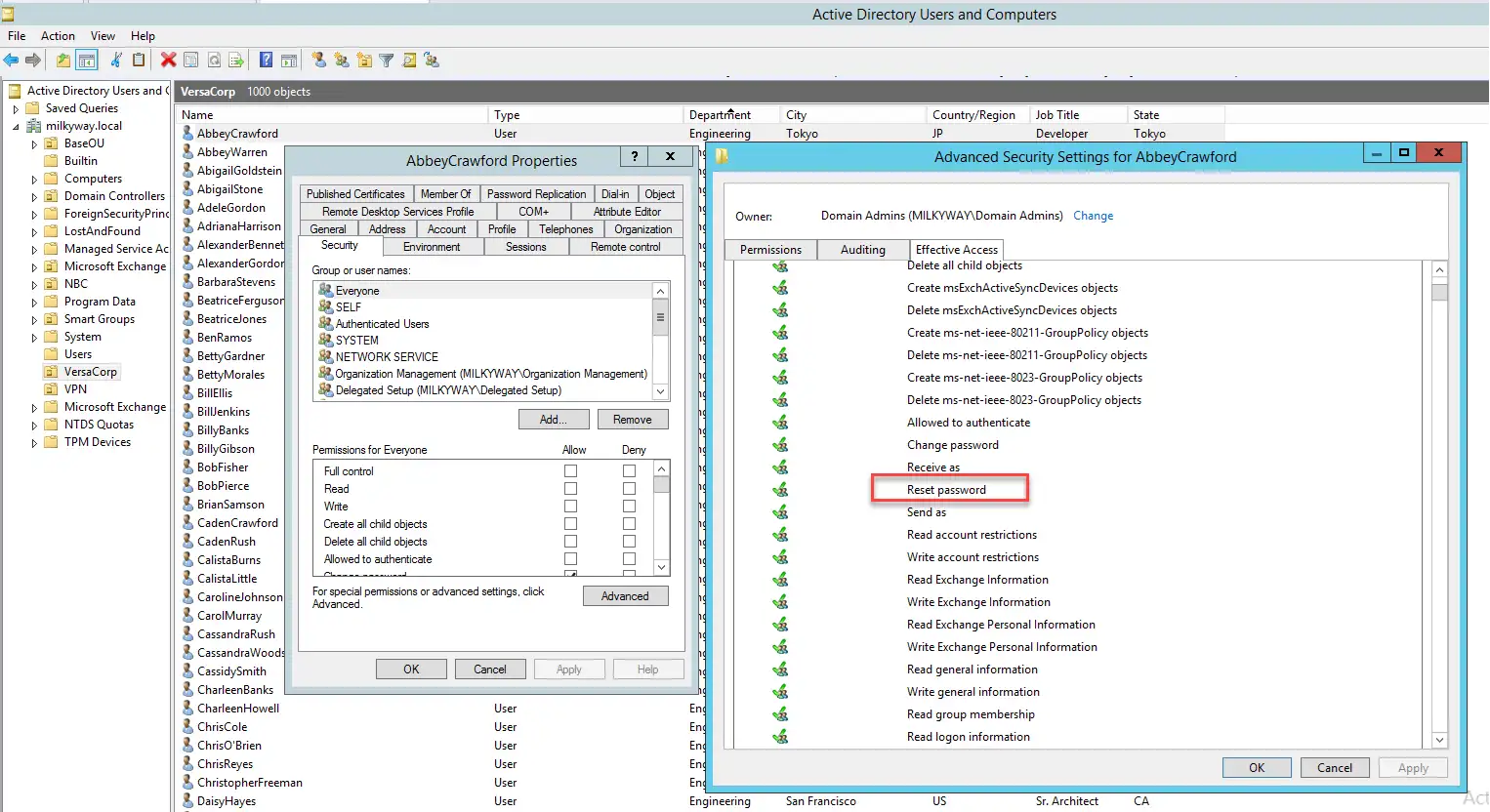A Complete Guide to AD User Password Reset Best Practices
A Complete Guide to AD User Password Reset Best Practices
Blog Article
Top Solutions for Managing AD User Password Resets
Resetting accounts in Effective Directory (AD) might sound easy, however the numbers paint a different picture. New tendencies reveal that around 40% of helpdesk calls are linked to person password issues. With corporations moving toward digital ecosystems, successful active directory management tools has turned into a prime priority. Yet, many agencies still struggle to maintain, leading to missing output and stress for both IT teams and employees.
Password Reset Demands on the Rise
Statistics show a unbelievable escalation in password reset requests all through remote function periods. Research from IT forums studies that consumer password reset demands can spike by as much as 60% on Friday mornings or after holidays. That surge usually overcomes helpdesks, leading to admission backlogs and postponed responses. Consumers become closed out of systems, and output dips with every moment spent waiting.

Neglected Accounts and Complicated Needs
One major reason behind repeated password resets is human memory. When organizations enforce rigid password policies (think uppercase letters, specific people, and standard changes), personnel will likely forget their credentials. Reports show that 30% of consumers admit to forgetting accounts if needed to change them every 60–90 days. These regular improvements, nevertheless meant to boost security, finally raise reset requests.
Safety Concerns and Bill Lockouts
Protection is yet another concern. Data suggest that bill lockouts donate to 20–50% of helpdesk tickets. While lockouts are made to reduce unauthorized access, they are able to also disturb workflows. People who get locked out may possibly test multiple incorrect logins, resulting in system alerts and, in some cases, lockouts that want IT intervention.
Answers Getting Traction
To handle these developments, businesses are embracing self-service code reset (SSPR) tools. Knowledge from computer surveys spotlight that companies applying SSPR reduce helpdesk passes by around 70%. With multi-factor authorization and user-friendly interfaces, these programs inspire people to reset passwords solidly without IT involvement.

Training customers also makes a measurable difference. Organizations presenting understanding applications see a 25% decline in password-related issues. Education employees on password health, secure reset practices, and knowing phishing attempts is essential.
Looking Ahead
The data confirm that AD password reset challenges are a persistent, trending concern. But, by adopting self-service solutions and prioritizing consumer training, businesses can simplicity the stress on IT, lower downtime, and maintain stronger safety across digital workspaces. The data is apparent: proactive code management is the important thing to a smoother, safer AD experience.
Report this page